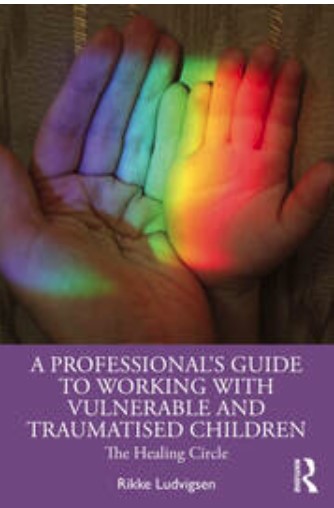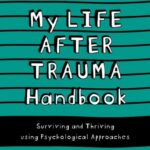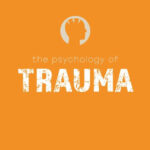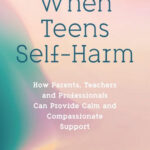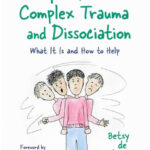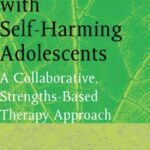Contents:
- 1 Introduction to trauma-informed work and the Circle of Safety and Reconnection;
- 2 Preventing stress, burnout, and compassion fatigue;
- 3 The Circle of Safety and Reconnection, Step 1: Assessing the current risk to the child’s safety, health, development, and well-being;
- 4 The Circle of Safety and Reconnection, Step 2: An overview of the child’s trauma history, diagnoses, and current state of mind;
- 5 The Circle of Safety and Reconnection, Step 3: Parents’ trauma, diagnosis, intergenerational trauma, and their impact on parenting skills;
- 6 The Circle of Safety and Reconnection, Step 4: Assessing the ACEs and other important risk factors in the child’s life;
- 7 The Circle of Safety and Reconnection, Step 5: Assessing positive childhood experiences and other important protective factors in the child’s life;
- 8 The Circle of Safety and Reconnection, Step 6: Assessing the adequate care and protection of the child by parents and other significant adults and the positive impact on the child’s health, well-being, and development;
- 9 The Circle of Safety and Reconnection, Step 7: Setting the right goals to create safety, health, development, and well-being for the child;
- 10 The Circle of Safety and Reconnection, Step 8: Create an action, treatment, or safety plan with clear agreements on following up;
- 11 Closing the trauma circle and opening a healing circle instead
Author Bio:
Rikke Ludvigsen is a social worker, trainer, supervisor, family consultant, and therapist trained in safety planning, EMDR, SFBT, and stabilisation of chronically traumatised children. She has worked for over 20 years with children at risk, their parents, and their networks, and has trained over 1,000 professionals over the last decade.

